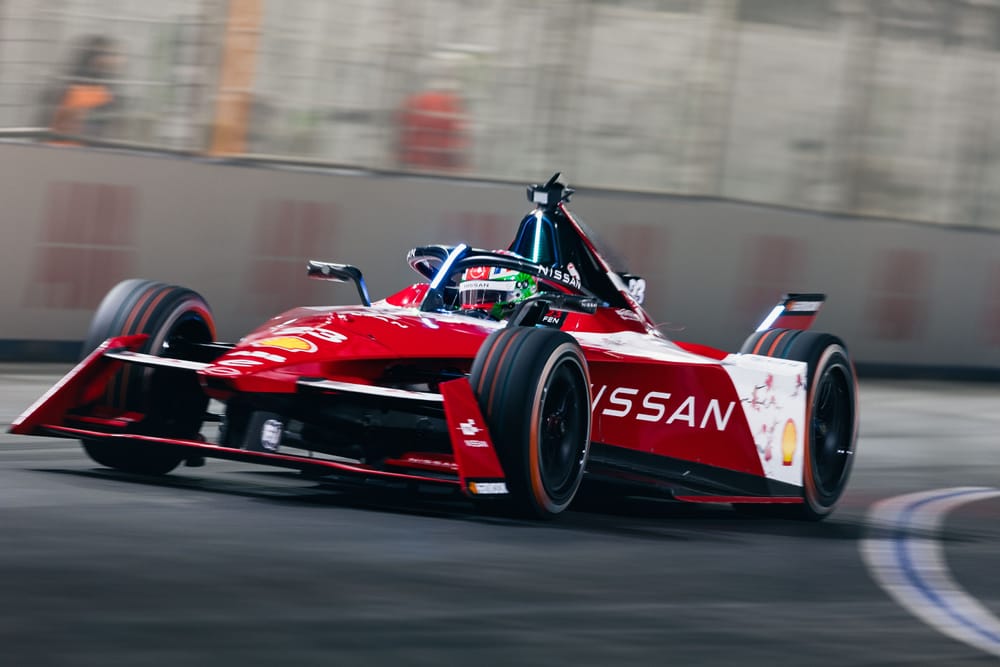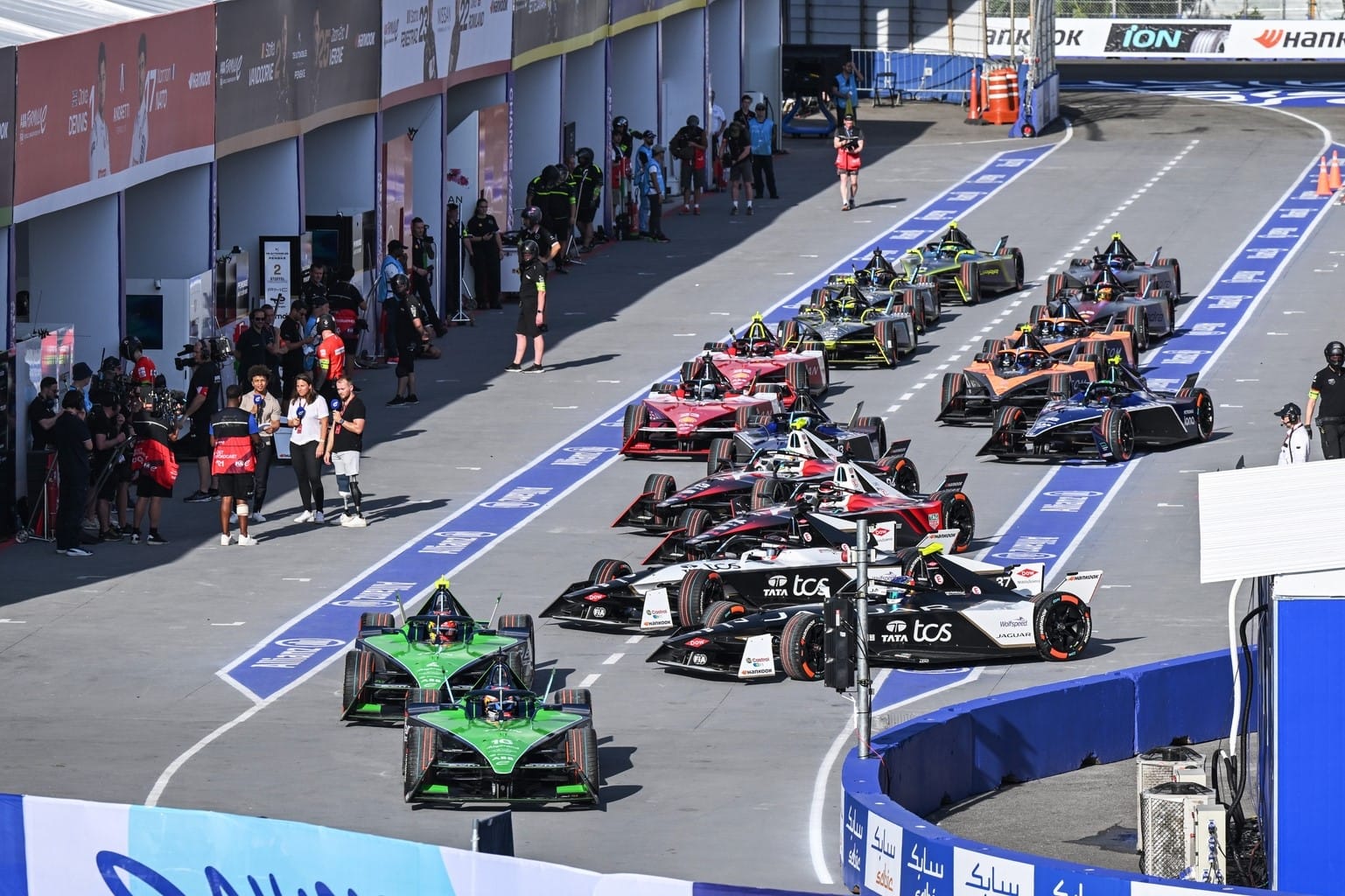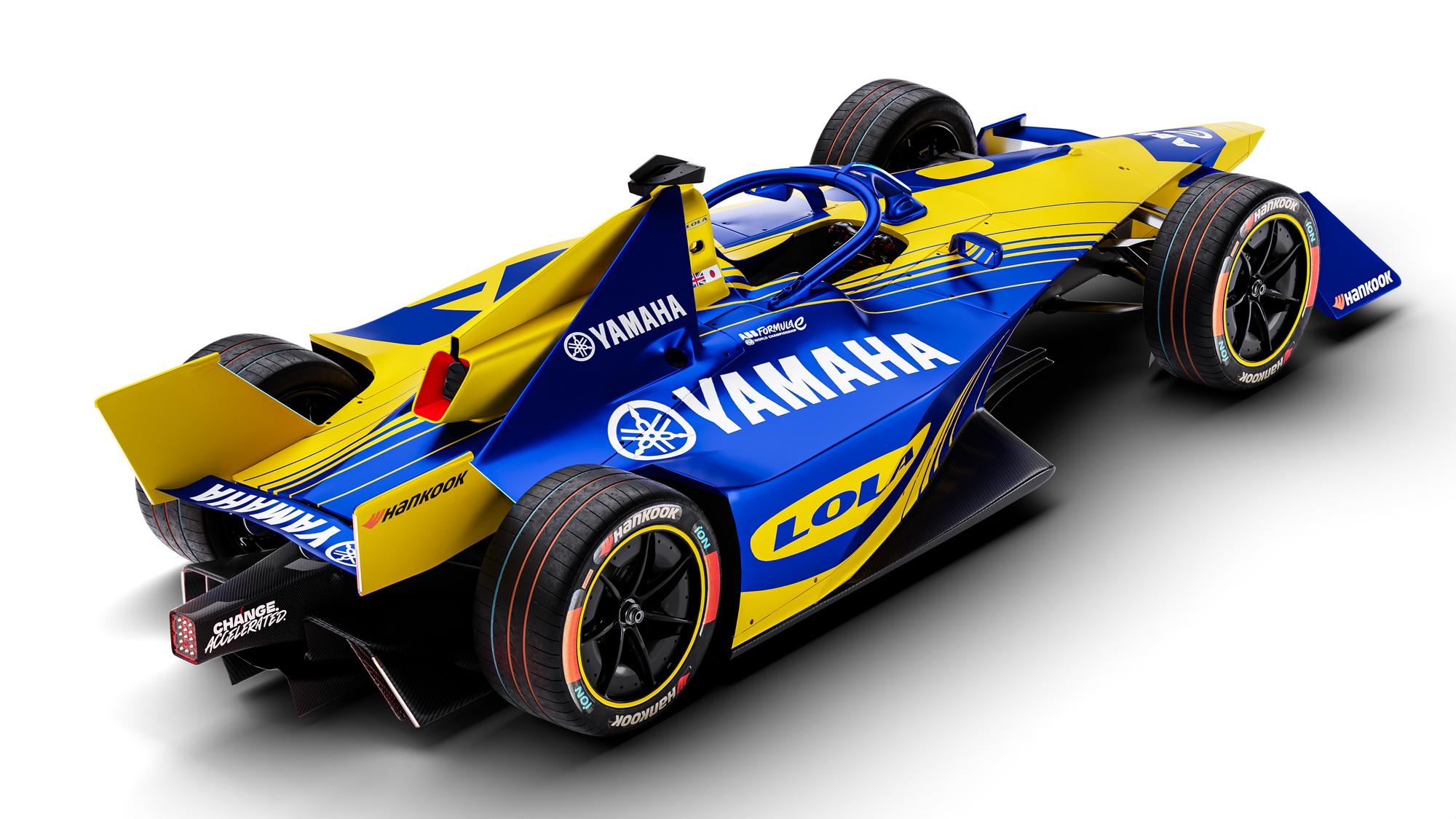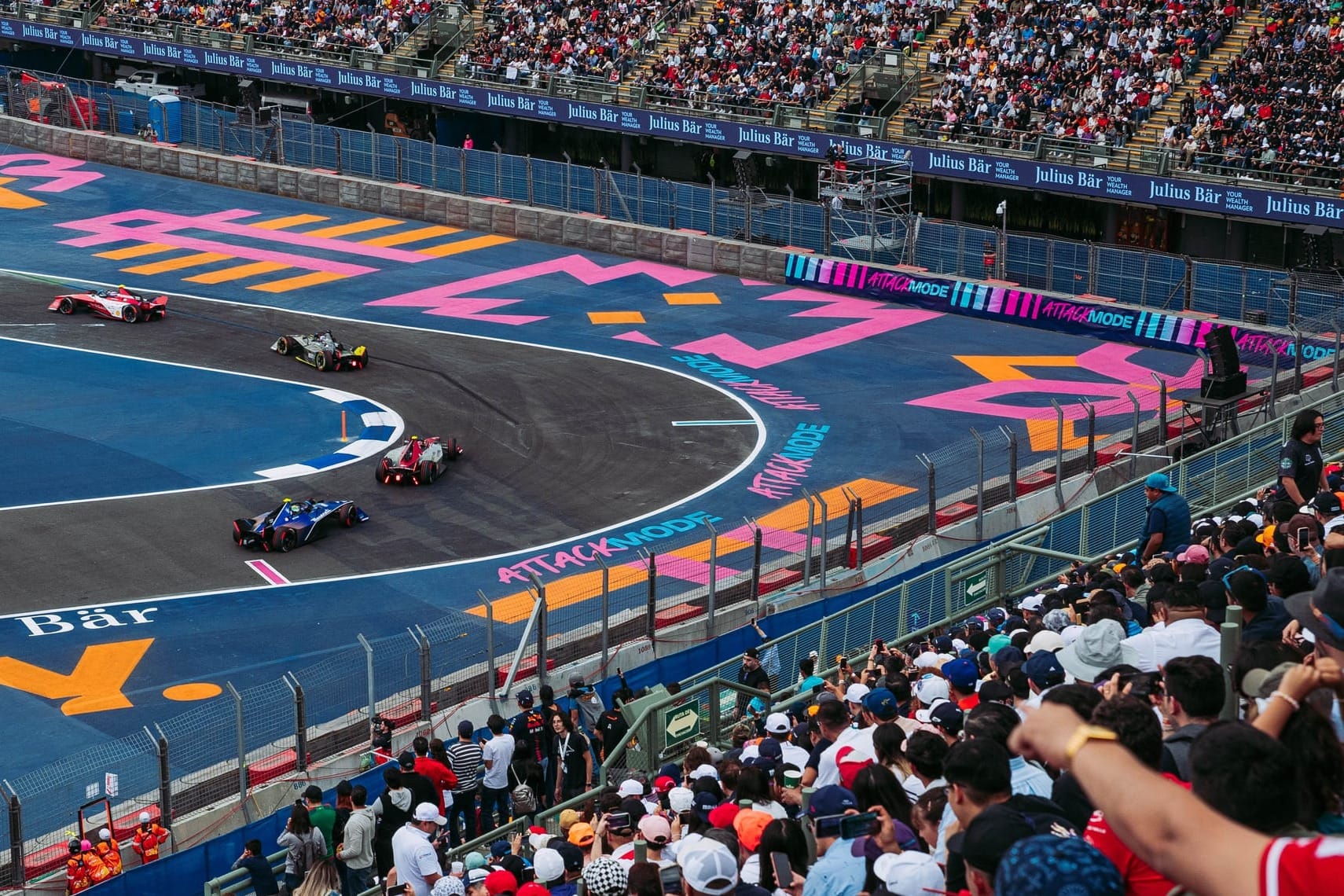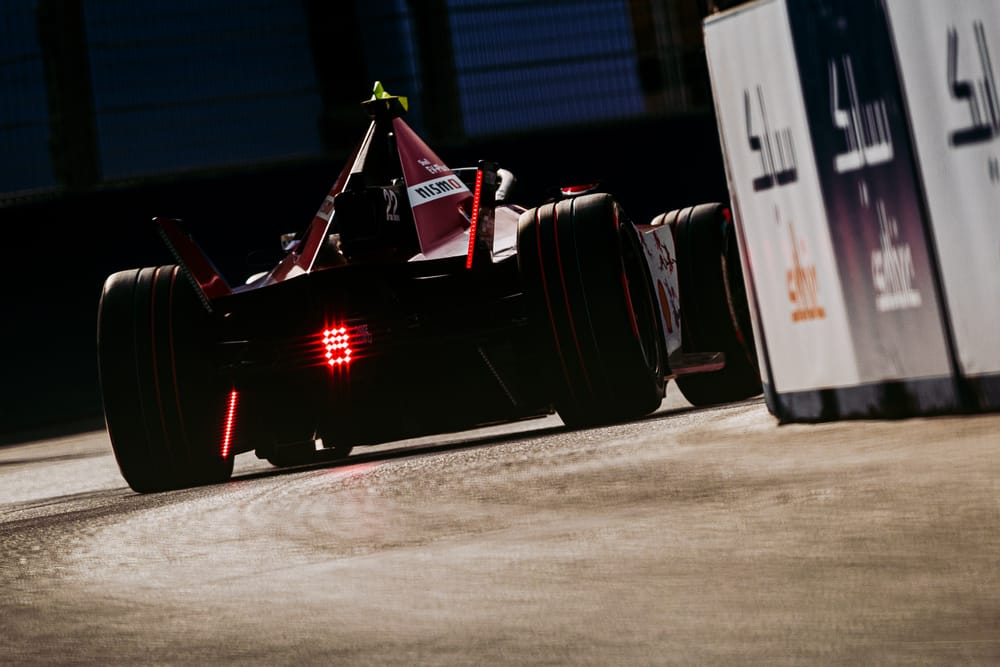Nissan has become the first manufacturer to commit to the Gen4 Formula E rules cycle, with its decision expected to pave the way for a flurry of others that determine who will be on the grid in 2026.
The Japanese giant confirmed its long-term future ahead of its first ever home E-Prix in Tokyo on Thursday in what is seen by senior figures in the world championship as a pivotal moment.
It is the third consecutive ruleset Nissan will compete in, having taken over sister brand Renault’s grid slot at the start of the Gen2 era in 2018.

It has had modest success in that time, with just two E-Prix wins - via Sebastien Buemi in New York in the summer of 2019 and Oliver Rowland’s Berlin victory in August 2020.
But renewed investment in the Formula E project has been sourced in recent months, with significant backing from Japan that has allowed the team to invest in fresh technical hires and a new headquarters in Paris.
Like most manufacturers, Nissan has a technical and marketing electrification programme - in its case dubbed Ambition 2030. This “places electrification at the core of the company’s long-term strategy and will see Nissan introduce 34 electrified models between fiscal year 2024 and 2030 to cover all segments, with the model mix of electrified vehicles expected to account for 40% globally by fiscal year 2026 and rise to 60% by the end of the decade”, according to the manufacturer.
Other existing manufacturers that are making imminent decisions on Gen4 are Jaguar, Porsche, Mahindra, Stellantis (under DS Automobiles and Maserati) and the pseudo-manufacturer entry of ERT.
The Race understands that one of either Jaguar or Porsche is set to follow Nissan in confirming its Gen4 slot shortly. That is likely to be Jaguar, although more positive talk of Porsche following suit is also permeating the Formula E paddock.
Speaking about Nissan’s decision, the CEO of Nissan Motor Corporation, Makoto Uchida, said: “Our participation in the series will make a significant contribution to our electrification goals set out in our Ambition 2030 plans.
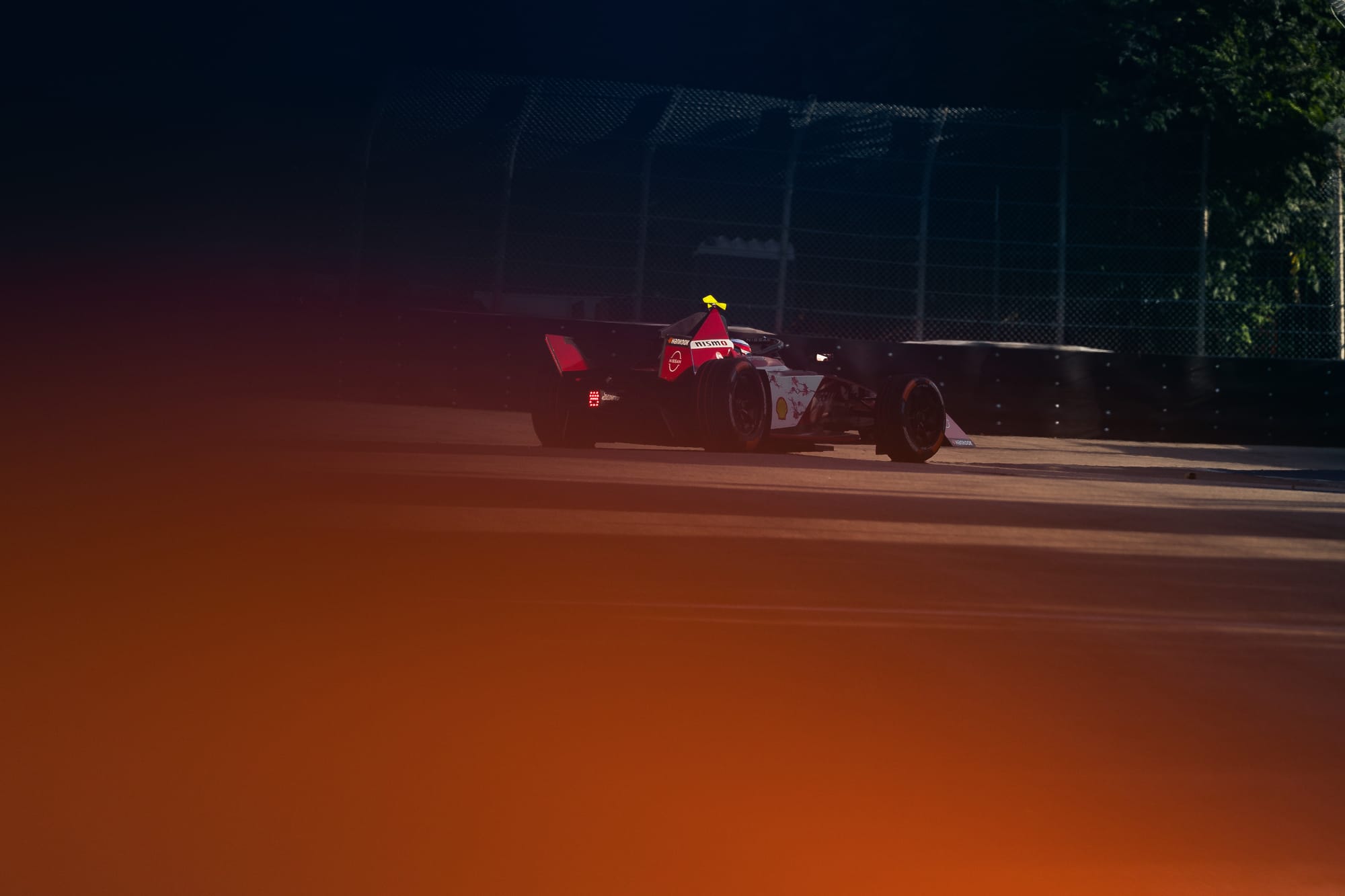
“The technological breakthroughs that we make on the track will provide great insights to the development of our future products. We’re excited to see the future of electric racing unfold and to keep working towards a sustainable world for everyone.”
Formula E will undergo its biggest hike in performance for Gen4 with an all-wheel drive power output of 600kW. This will mean that from Gen3 to Gen4 the cars will go from the approximate equivalent of 469bhp to around 800bhp.
Allied to this will be two distinct aero kits and redefined tyres supplied by a new technical partner for 2026: Bridgestone.
Has Formula E learned its Gen3 lessons?
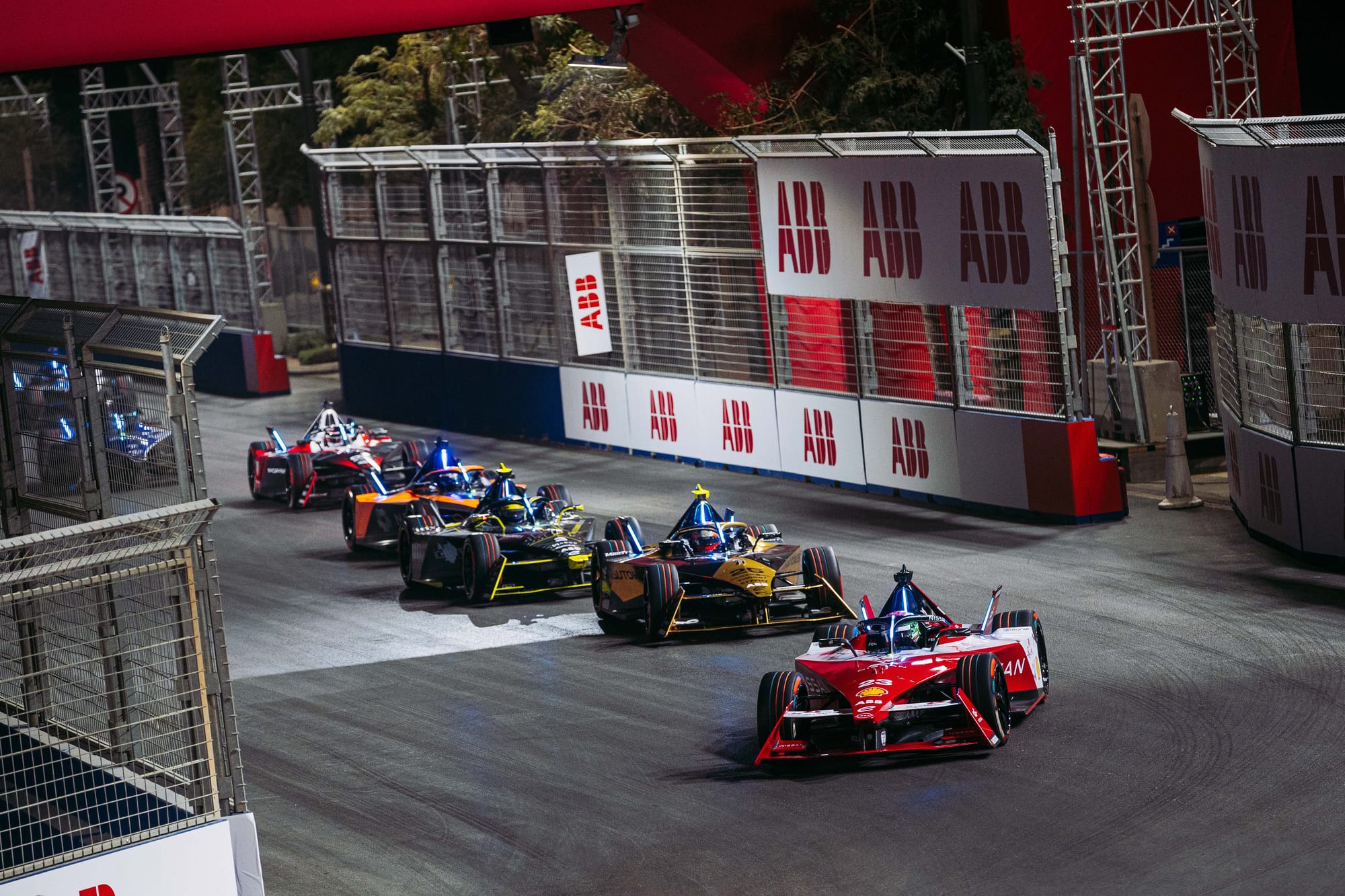
Just 18 months ago, Formula E was in something of a technical and operational mess.
Large swatches of its then-new Gen3 car didn’t work, teams didn’t have spare parts, and a mooted 'brakes off’ marketing mantra descended into dark comedy when drivers started hitting barriers in testing, unable to stop the cars.
It was clear changes had to be made and, although the difficulties were generally filed under a ‘pioneers’ and ‘innovators’ suite of ersatz excuse brackets, the teams and manufacturers were not to be fooled.
With some competitors on the cusp of pulling out of races and tests on safety grounds, it was obvious lessons had to be learned.
And they had to be absorbed quickly because the lead times for the Gen4 era were already looming.
A longer timeframe for the registration process and the tendering procedures was assured, so more time to test and develop the eventual Gen4 hardware would mitigate a repeat of some Gen3-esque headaches.
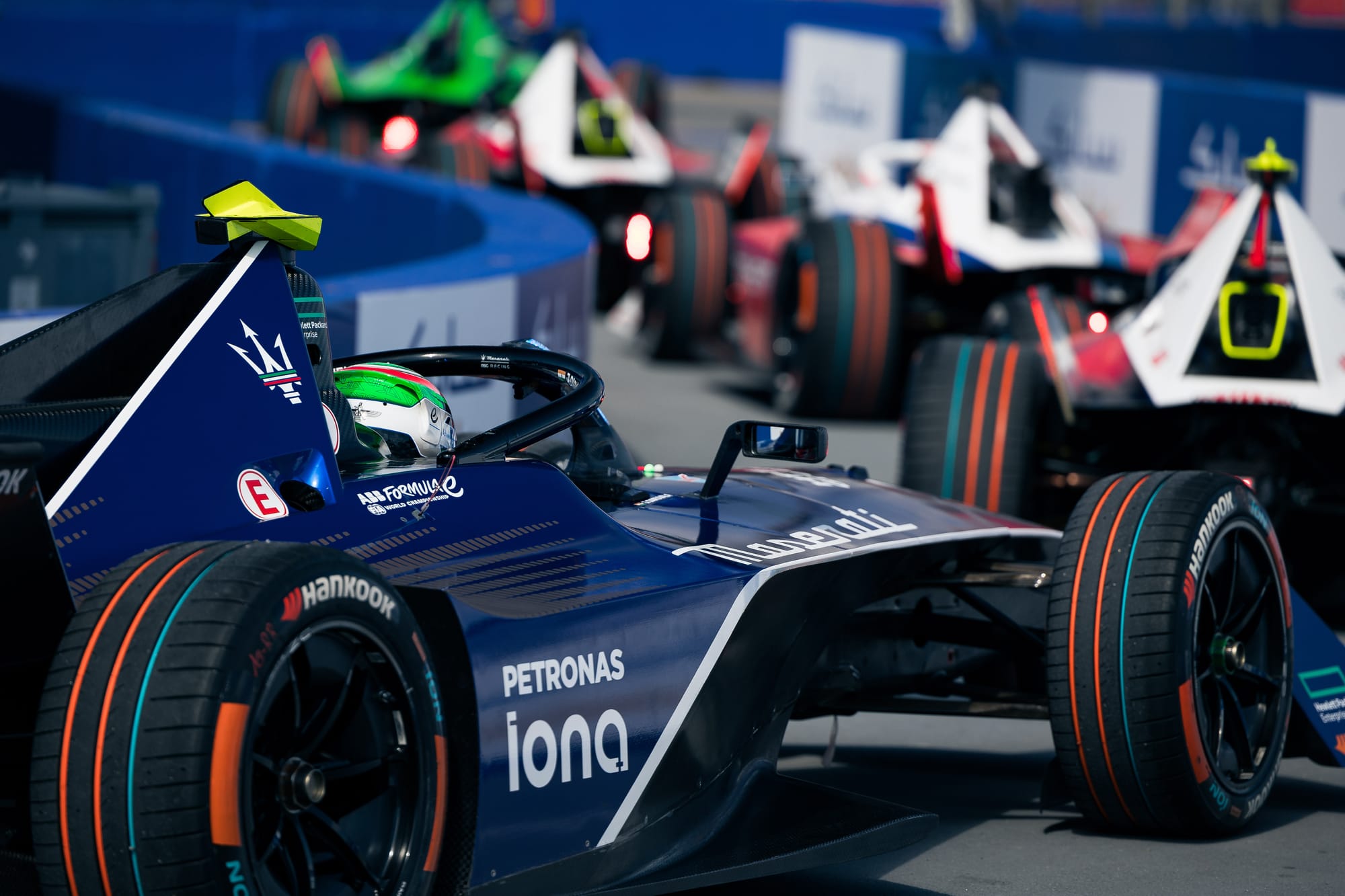
“The FIA extended the timeline, which was great,” Formula E CEO Jeff Dodds told The Race as Nissan announced its Gen4 intentions.
Once most Gen3 issues had been rectified - although many still linger still - FETAMA, the Formula E Teams and Manufacturers Association, knuckled down with the FIA and Formula E in a part-inquest, part-way forward process for the next set of regulations.
Several topics became hurdles, the chief one being the Non-Recoverable Engineering costs. This was a deal that had to be thrashed out between the promoters and the manufacturers first and foremost. Progress was slow but a deal of sorts is believed by The Race to be in principle agreed.
This would have been a key feature of Nissan being the first to commit, meaning that the conjecture around the simple theory of which financial model the FIA and Formula E choose for Gen4 is mostly solved.
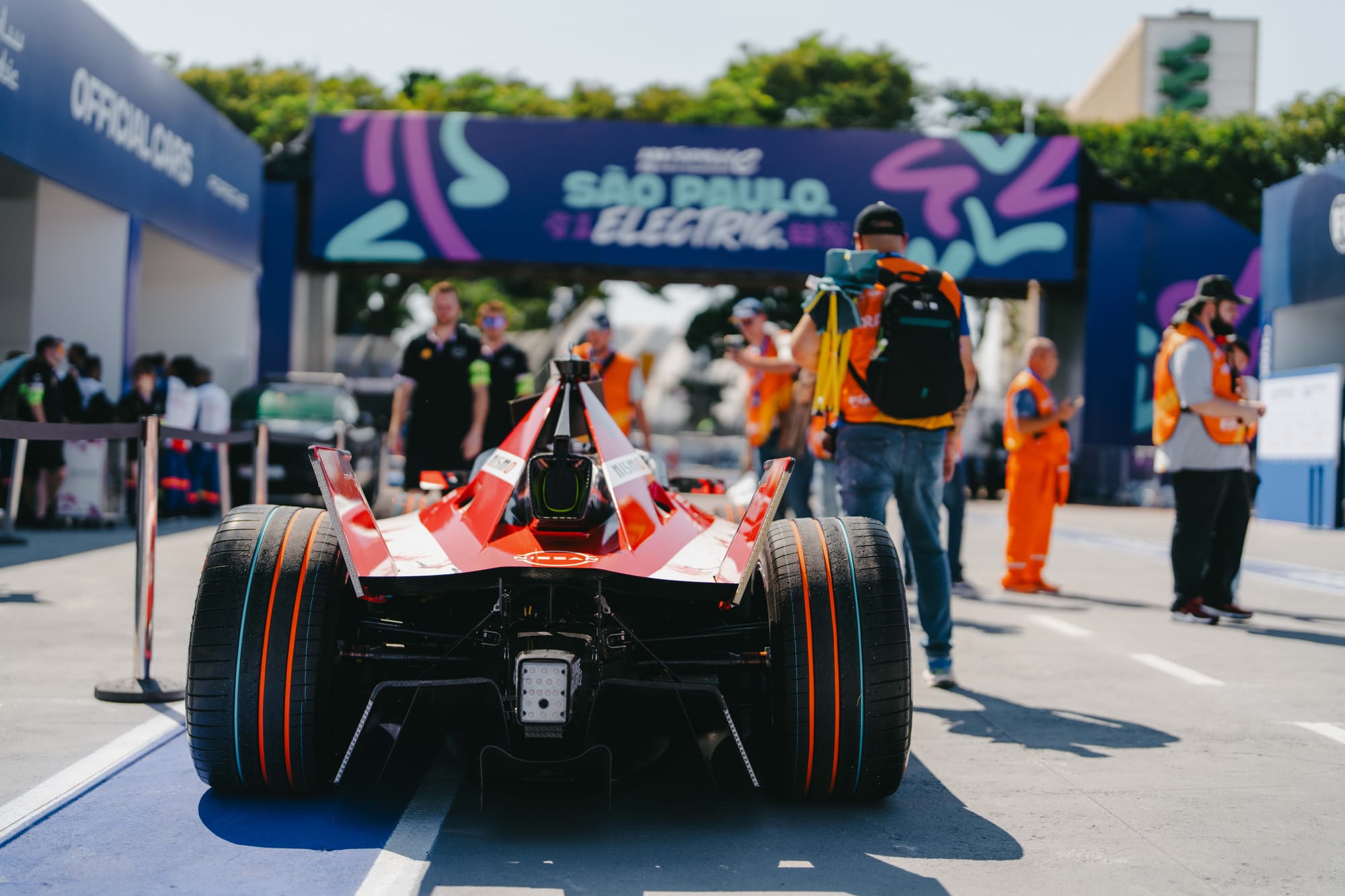
At present, teams face a big financial commitment when it comes to NRE cost contributions, which include the intellectual property of the cars. That meant board decisions had to factor in the financial method in which their programme could be initially managed.
“Formula E is an incredible testing ground for new electric technology, and we can’t wait to continue to develop and compete until at least the end of Season 16 [2030],” said Nissan team principal Tommaso Volpe.
“A big thank you to Formula E Operations and to the FIA for their support - we’re very excited to continue working together.”
That last sentence might seem like a fluffy, throwaway PR line but actually it is telling - because without the initial disaster of Gen3 and the negotiations of the NRE costs, Formula E seriously faced a second wave of manufacturers’ rejection.
“You get your fingers crossed, and hope that the existing manufacturers are ready to move early,” added Dodds.
“They have obviously been incredible supporters at a championship in their home market.
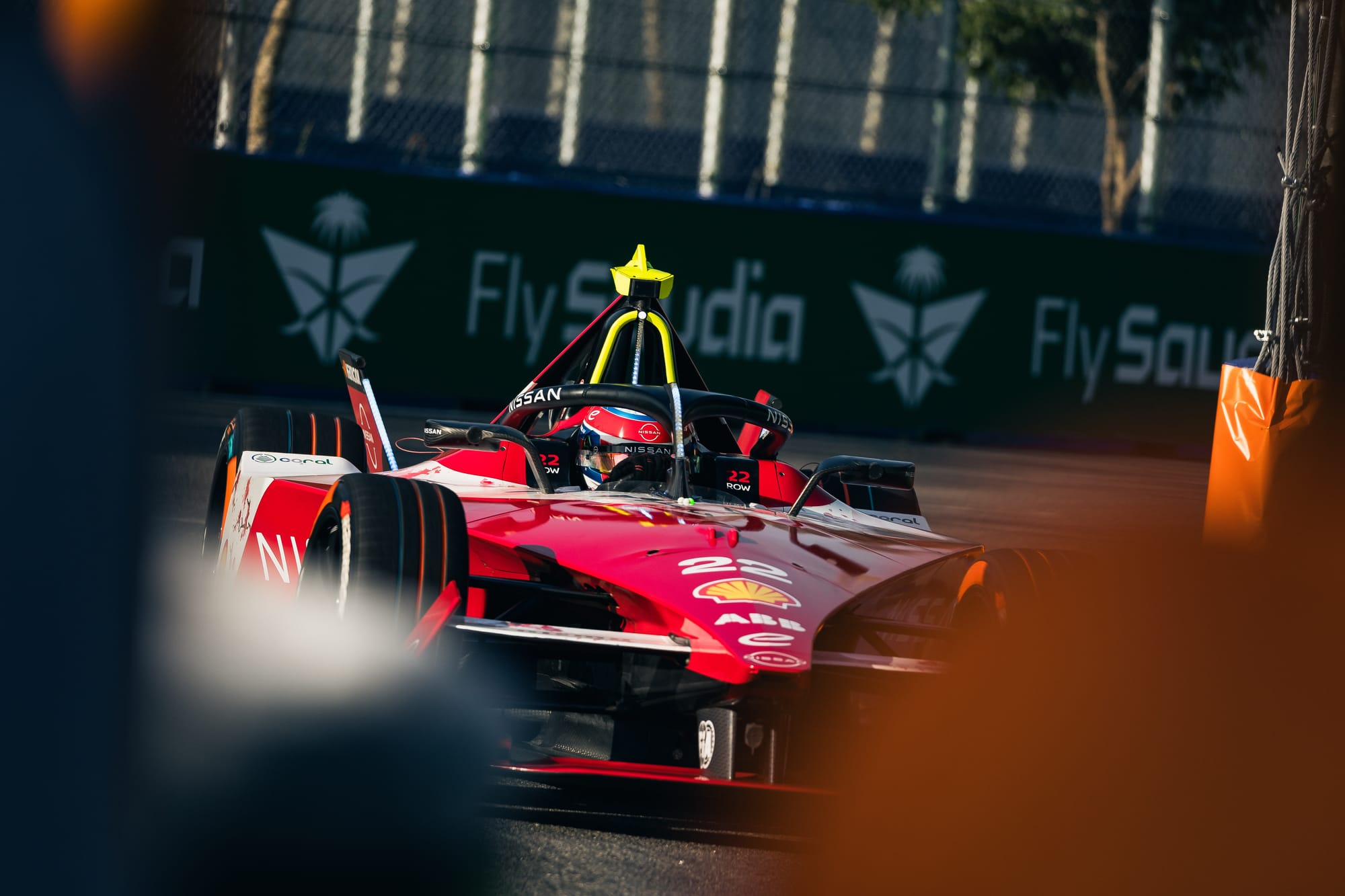
“So, when we started speaking to Nissan, they said to us that they were ready to make the commitment for Gen4, and they wanted to do that in their home market in Tokyo, and to make a real big splash about it.”
With a new manufacturer - Lola-Yamaha - and an existing one - Nissan - confirming short- and long-term commitments to Formula E, the other potential new manufacturers, believed to be Hyundai and Chinese brand BYD, will only be getting further grist added to their new potential mills.

